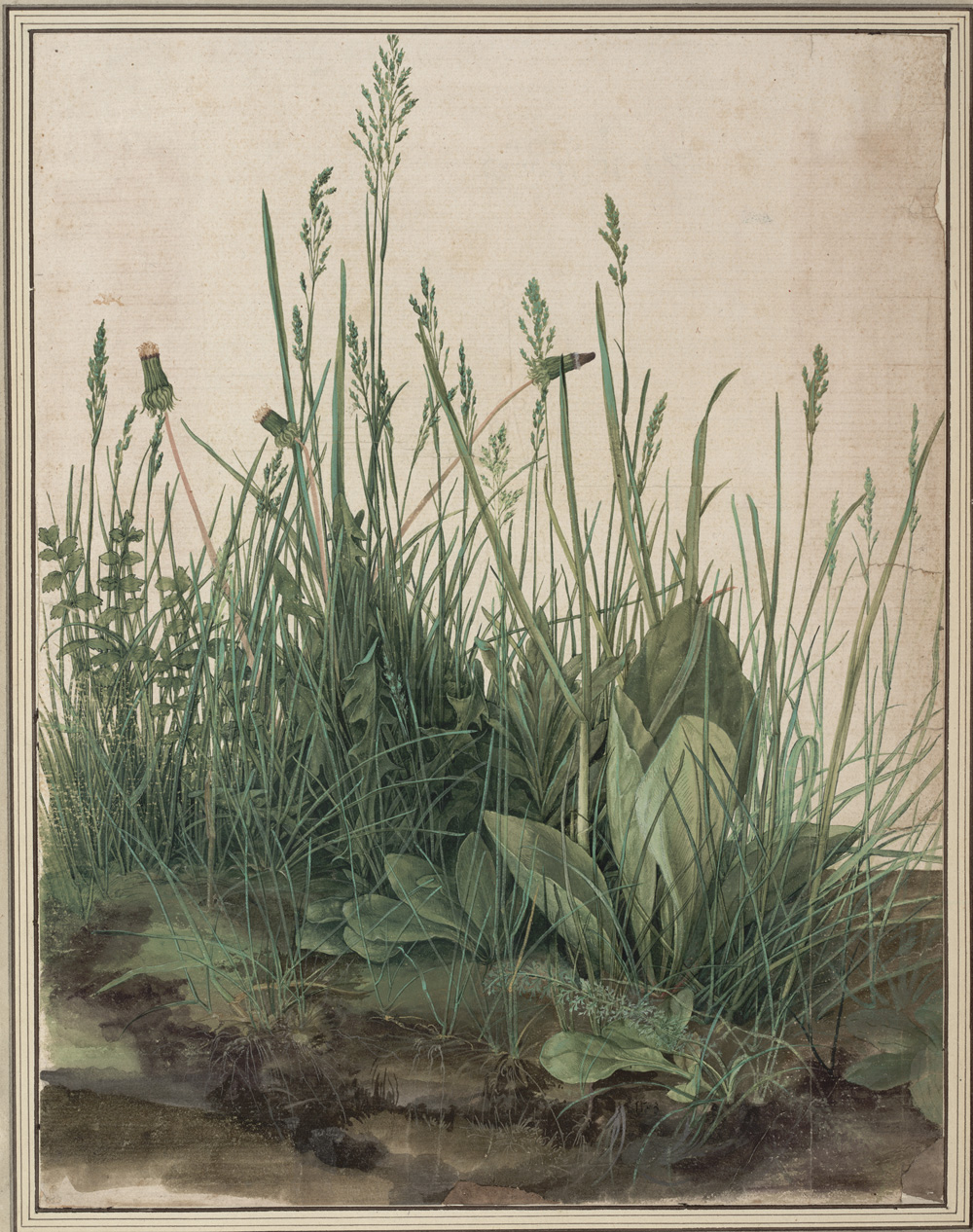
Fig. 1 features Albrecht Dürer’s 1503 work “The Great Piece of Turf.” It is currently located at the Albertina Museum in Vienna. The artwork’s height and width are 40,8cm and 31,5 cm, respectively (Dürer). As for the media and the modes of expression, the work is a gouache and watercolor painting that uses heightening with white for emphasis. The artist also utilizes ink and pen to work on the tiniest details.
Artist Biography
The author of the selected artwork had a productive life. Dürer was born in 1471 in Nuremberg, which was an independent city-state within the Holy Roman Empire; in 1528, he died in the same city in his mid-fifties (Mifflin 233). Born to a successful goldsmith, he had enough resources to get professional training in the arts (Luber 73). The artist’s father, Albrecht, married the daughter of his master after becoming qualified enough, and the couple had eighteen children (Luber 73). Regarding the artist’s professional life, he learned crucial skills from individual masters of his time rather than large schools and institutions. As a teenager, he started training as Michael Wolgemut’s apprentice in the mid-1480s and then moved to France to learn from Martin Schongauer, a prominent engraver (Luber 100). In the mid-1490s, after ten years of training and visiting the world’s leading art centers, he managed to open his own workshop (Luber 17). Overall, despite not being long, the artist’s life was truly eventful.
Art Movement
The artist is closely associated with the Northern Renaissance (NR) movement that emerged in Europe at the end of the fifteenth century. The aforementioned movement’s tenets can be described as technical advancement, including novel approaches to oil painting and active use of wood in artworks (Goes 35; Luber 100). Also, the movement placed emphasis on the realistic approaches to painting, expressiveness, and attention to detail, which is seen in numerous altarpieces of the period (Goes 35; Luber 192). Religious themes, one of the prominent building blocks of the movement, were executed with a great degree of realism in representing space, volume, the world’s colors, and faces.
Art Critics
Dürer is widely recognized as one of the greatest artists of the NR movement for his body of work. Jeffrey Ashcroft, an art historian, acknowledges Dürer’s tremendous role in revolutionizing printmaking and serving as a role model for other European artists due to his portraits and detailed naturalistic studies (Mifflin 233). The artist enjoyed prominent critics’ favor and appreciation, with some minor exceptions. For instance, Moritz Thausing, a historian and a critic, argued for Dürer’s superficial acquaintance with color principles (Luber 68). Overall, Dürer’s positive reputation enabled him to resort to diverse techniques without facing actual ostracism.
Personal Thoughts/Conclusions
Overall, I definitely like “The Great Piece of Turf” because the artist skilfully and realistically represents the seemingly chaotic growth of wild plants. Regarding the spiritual aspects, the painting might be an act of admiring God for his creations seeking to support life. In Genesis, God reveals that he gave people everything as he created “the green plants” (English Standard Version Bible, Gen. 9.3). In Zechariah, the Lord is said to “give showers of rain… and plants” to everyone (New International Version Bible, Zech. 10.1).
Both quotes reveal the flora’s unique meaning to humanity’s survival, and the work can evoke joy stemming from perceiving nature’s complexity. The painting stimulates my intellect by encouraging me to reflect on chaos and order in nature and how the two may interact. I would list variability, spirituality, attention to detail, and skills in conveying emotions by using colors as the strengths of Dürer’s body of work. However, I cannot single out any actual weaknesses in his works. Anything that I might subjectively dislike represents the conventions of his time and the art movement and bears no relation to the artist’s skills.
Works Cited
Dürer, Albrecht. The Great Piece of Turf. 1503. The History of Art. Web.
English Standard Version Bible. Crossway, 2001.
Goes, Frank Joseph. “The Enigmatic Strabismus of Albrecht Dürer.” Strabismus, vol. 27, no. 1, 2019, pp. 35-38. Web.
Luber, Katherine Crawford. Albrecht Dürer and the Venetian Renaissance. Cambridge University Press, 2006.
Mifflin, Jeffrey. “Albrecht Dürer: Documentary Biography.” The American Archivist, vol. 82, no. 1, 2019, pp. 233-237. Web.
New International Version Bible. Biblica, 2011.